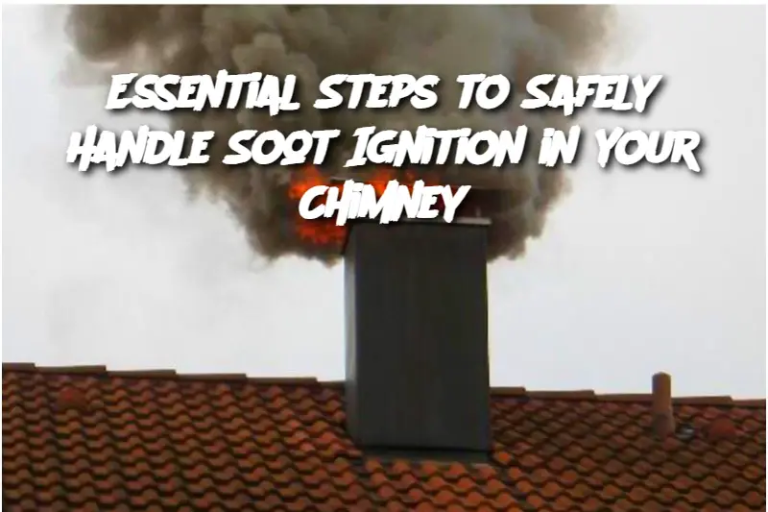ADVERTISEMENT
Prevention with Soot-Busting Logs: Some homeowners use special chimney logs designed to help reduce soot buildup and creosote deposits. These logs can be burned during the winter season to assist with cleaning and reduce the likelihood of a chimney fire.
Flue Liner Upgrade: If you have an older chimney, upgrading to a modern flue liner can help prevent soot buildup and improve safety.
FAQs:
How often should I have my chimney cleaned? It is recommended to have your chimney cleaned at least once a year, or more frequently if you use your fireplace often. The National Fire Protection Association (NFPA) advises cleaning when there’s a significant buildup of creosote or soot.
What causes soot buildup in my chimney? Soot buildup is caused by incomplete combustion of the fuel in your fireplace. Over time, it settles in the chimney as a black, powdery substance that can become flammable.
Can I use my fireplace during the winter if I suspect soot buildup? If you notice signs of soot buildup or if your chimney hasn’t been inspected recently, it’s best not to use the fireplace until it has been checked by a professional.
Is it safe to use a chimney fire suppressor or powder? These products can sometimes help in emergency situations, but they should never be used as a substitute for proper chimney maintenance. Always call the fire department for guidance in case of a serious chimney fire.
By following these steps, you can minimize the risk of chimney fires and ensure your home stays safe while using the fireplace. Regular maintenance, proper care, and quick action can go a long way in preventing dangerous situations involving soot ignition.
ADVERTISEMENT
